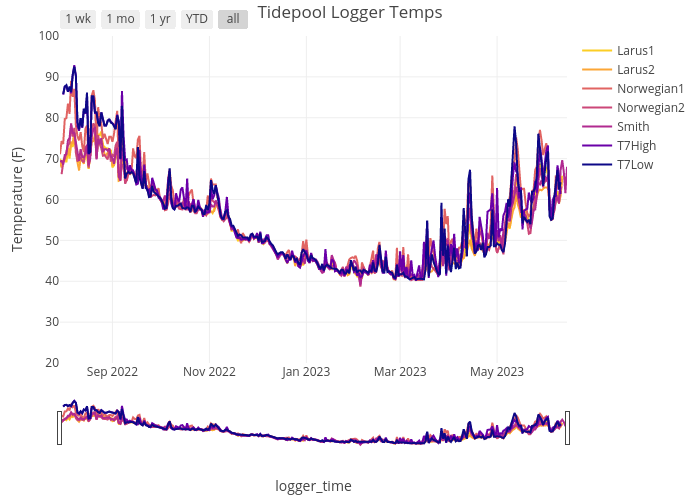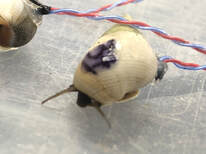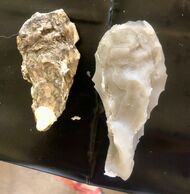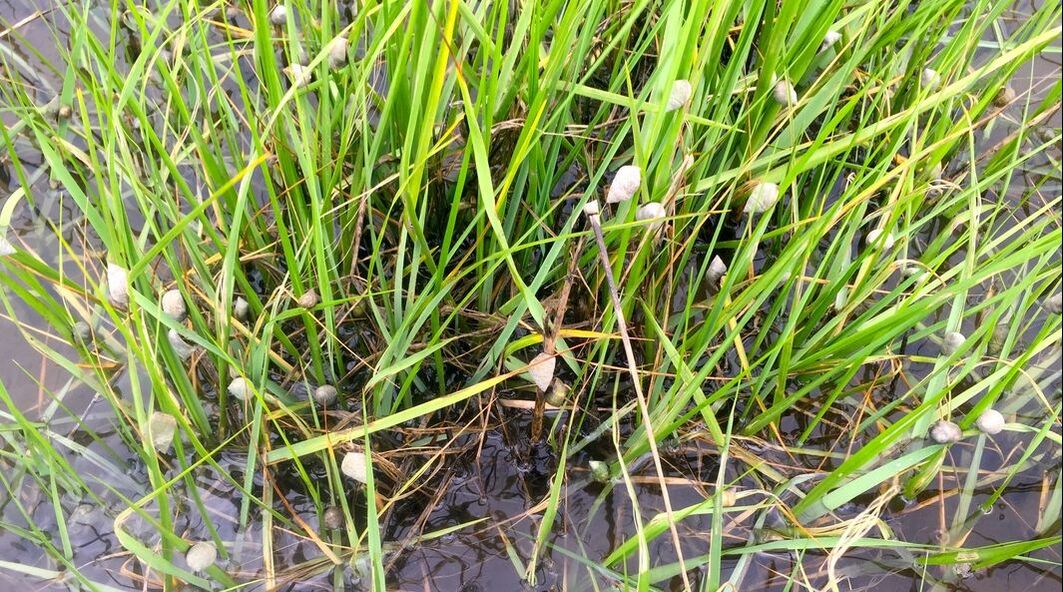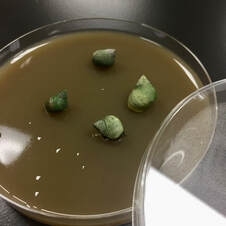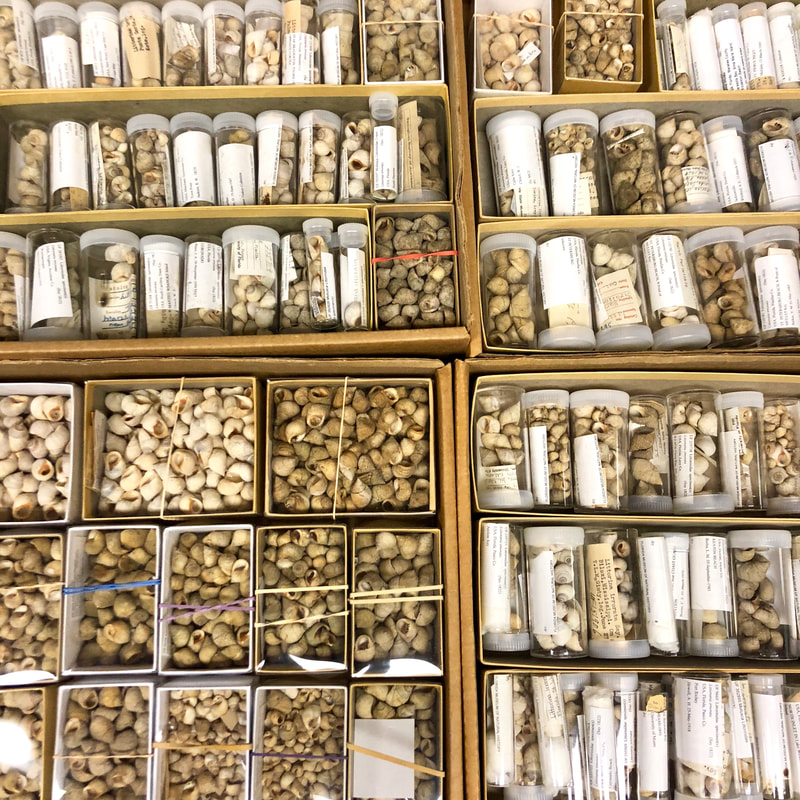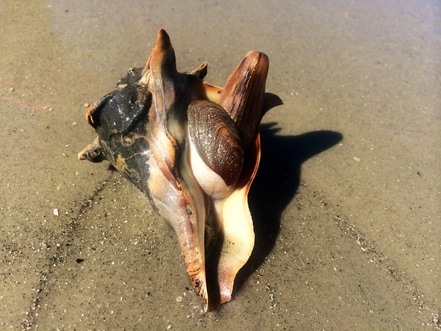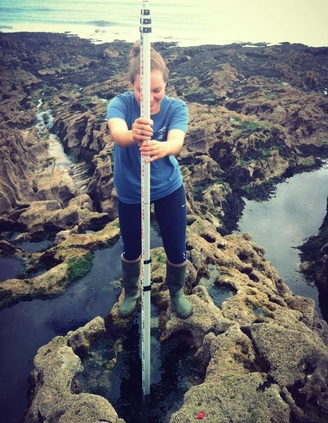Biomimetic Temperature Sensors
|
Shoals Marine Lab:
While teaching at Shoals Marine lab, I am also developing a monitoring program to record high resolution intertidal tide pool temperatures. An example of the pilot data being collected to inform this work can be seen in the figure on the right. Characterizing variation in the thermal profile of these intertidal environments will inform our understanding of temporal and spatial patterns in biodiversity and species interactions. This data will also serve as foundational information to motivate undergraduate learning and research. Sapelo Island:
Using custom-made biomimetic temperature loggers from Electric Blue, I have installed an array of sensors to record temperatures across marsh species (Littoraria and Geukensia, and Crassostrea), elevation (i.e. high marsh to channel bank), and microhabitats (e.g., vegetated and unvegetated). These sensors will characterize the temperatures experienced by organisms across the marsh platform over a span of years, allowing us to incorporate biologically relevant temperatures into our understanding of organismal physiology. |
